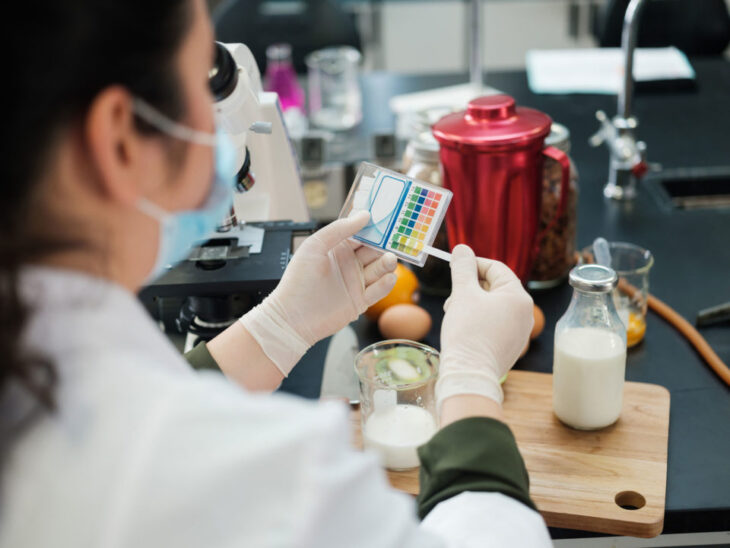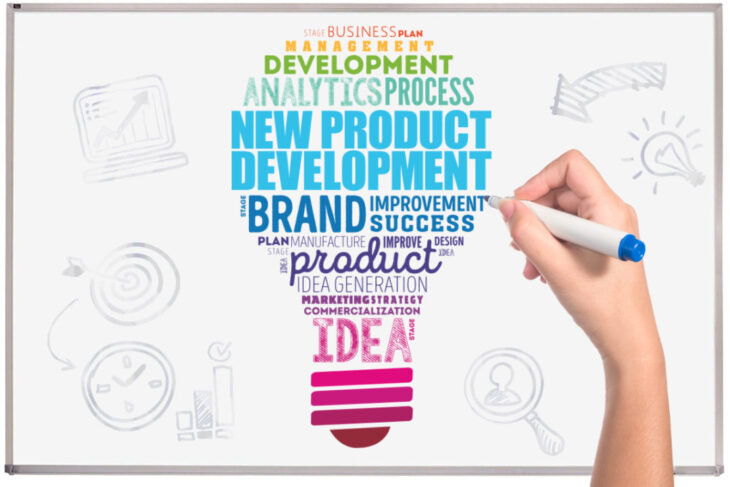Product development is not an easy task at all. It requires you to pay attention to many details in order to provide your customers with the best possible product they will love and want to buy over and over again. In the food and beverage industry, products go through many testing stages in order to be found on supermarket shelves. One of these phases is sensory testing, which is one of the key steps to obtain a quality product but also to keep that quality uniform from batch to batch. If you want to learn more about why sensory testing is important in the product development process keep reading.

Source: analysisproject.blogspot.com
Contents
What exactly is sensory testing?
Sensory testing may seem like some frivolous analysis, but the truth is completely different. This is a scientific method that is very important to use in order to ensure that the product you create is fully adapted to market requirements. In the food and beverage industry, sensory characteristics are crucial, so it is necessary to first understand well what consumers like and enjoy, in order to develop a product with optimal characteristics. Professional companies pay a lot of attention to this, because they are aware that the decisions that arise from sensory testing will greatly affect the success of the product and the profit that the company will make in the future.

Source: foodnavigator.com
How is sensory testing of a product performed?
Take, for example, a company developing a new product that it wants to launch. Whether it is food or drink, it is essential that the product goes through a phase of sensory testing to ensure that the product is ready to go out on the market and be tested by consumers.
These companies often hire other companies to do market research, and as part of that research, sensory testing is conducted. In this case, individuals are recruited who agree to try a product before it shows on the shelves in the supermarket. Their task is to eat a certain food or drink a certain beverage and give their opinion about it. It is important that people who try the product are representative samples of the consumer group targeted by that food or beverage company.
These participants first try the product and then get a series of questions to answer. These questions relate to the smell and taste of the product, aftertaste, texture, packaging and label design, their opinion on the nutritional content of the product and more. Participants are tasked with giving their subjective opinion about the product, and then the company collects the results that indicate what should potentially be corrected on the product to meet the needs of the market.
If you need a reliable and professional company that will do all the necessary research before launching your product and ensure that the product has optimal characteristics, we suggest you check out Wssintl.com.

Source: assosia.com
Why is sensory testing important in the product development process?
Sensory testing is important for companies that produce food and beverages for many different reasons. The first is understanding the needs of the market. Of course, you can design a new product in accordance with your knowledge and previous experience, but this does not mean that consumers will necessarily like the product. Trends are changing, new generations are coming, so depending on who your target group is, you need to ensure that your product fully meets their wishes and expectations. The best way to check this is to conduct sensory testing and decide on a group of individuals who represent your target group what they like and what they don’t.
In accordance with these results, you can make various corrections and optimize the product so that it achieves great success in the market. This way you can basically prepare for success in advance instead of just guessing.
The next benefit you get from sensory testing is that you save yourself time and money. Launching a product that will not succeed because it is not satisfactory, changing it and then returning it to the market requires a lot of time and money. An easy way to avoid this is to introduce a sensory testing step into your market research and product testing. In this way you will get useful information very quickly and based on them you can make all the necessary changes in time.
In addition, you may find that you do not have to change or add an ingredient as you initially thought. For example, you can get feedback from respondents that texture and taste are fine, which means you don’t have to spend money and time on changes that don’t matter at all.
Another piece of information you get through sensory testing is the most optimal storage conditions. This is one of the important data, because it greatly affects customer satisfaction. Failure to specify optimal storage conditions may affect the taste of food or beverages over time. If the taste changes your customers will notice it. And as you can guess – they will not be too happy about it. Through sensory testing you can check whether the taste, smell and texture of the product changes due to storing it in a certain way or during a certain time, and then you can adjust the storage conditions accordingly.
Lastly, an important benefit of sensory testing is the ability to ensure uniform quality of your products. The taste, texture and overall quality of individual ingredients can vary depending on the batch, and this can then adversely affect the final product. This does not mean that the product will not taste good or have a nice texture. This only means that it will be different from your usual product. And deviating from the standard quality is never desirable. Sensory testing ensures that respondents notice a difference (or do not notice it) in the new batches and that you can eventually safely send your product to the supermarket knowing that customers will be satisfied.

Source: bakingbusiness.com
Conclusion
Sensory testing is one of the important steps in the product development process in the food and beverage industry. It involves recruiting a group of individuals tasked with testing a product before the company starts selling it. This step brings a number of benefits to food and beverage companies because it ensures that the product has satisfactory sensory characteristics, uniform quality and that they save money and time in the long run, as well as to achieve higher profits and overall success.
